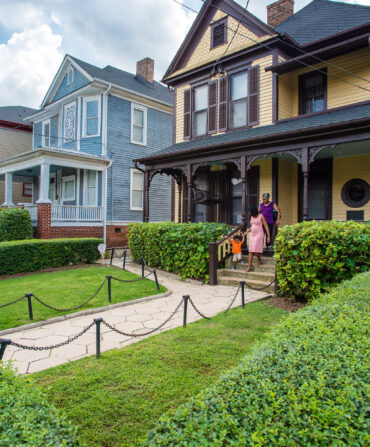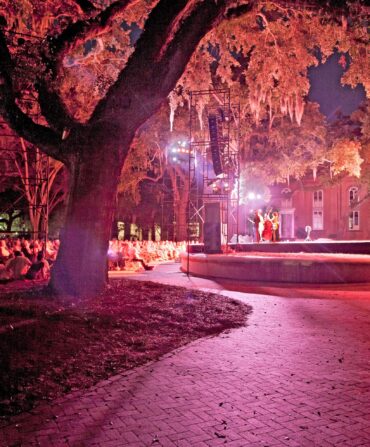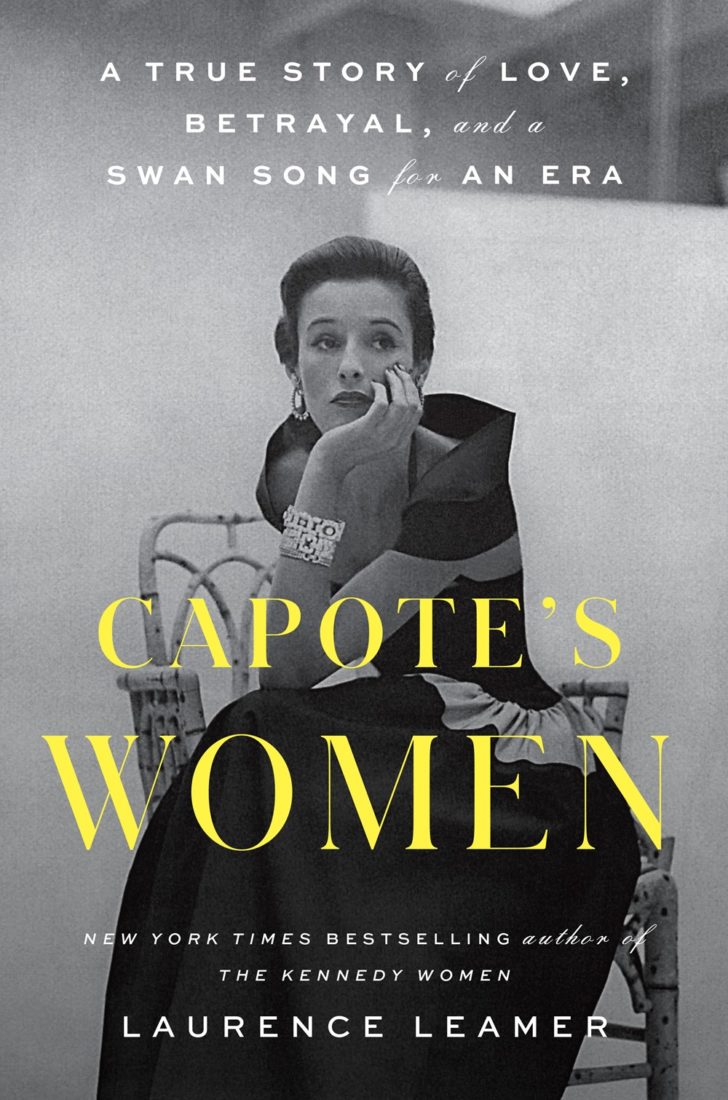
Capote’s Women: A True Story of Love, Betrayal, and a Swan Song for an Era, by Laurence Leamer
“Nabokov had his butterflies, and Flannery O’Connor her peacocks. But Truman Capote had his swans,” writes G&G contributing editor Jonathan Miles in his review of Laurence Leamer’s Capote’s Women. “Swans was the term Capote (1924–1984), the author of In Cold Blood and Breakfast at Tiffany’s, coined for the circle of glamorous female friends he cultivated in the 1950s and ’60s.” Miles calls the book a “dishy, gossipy delight.”
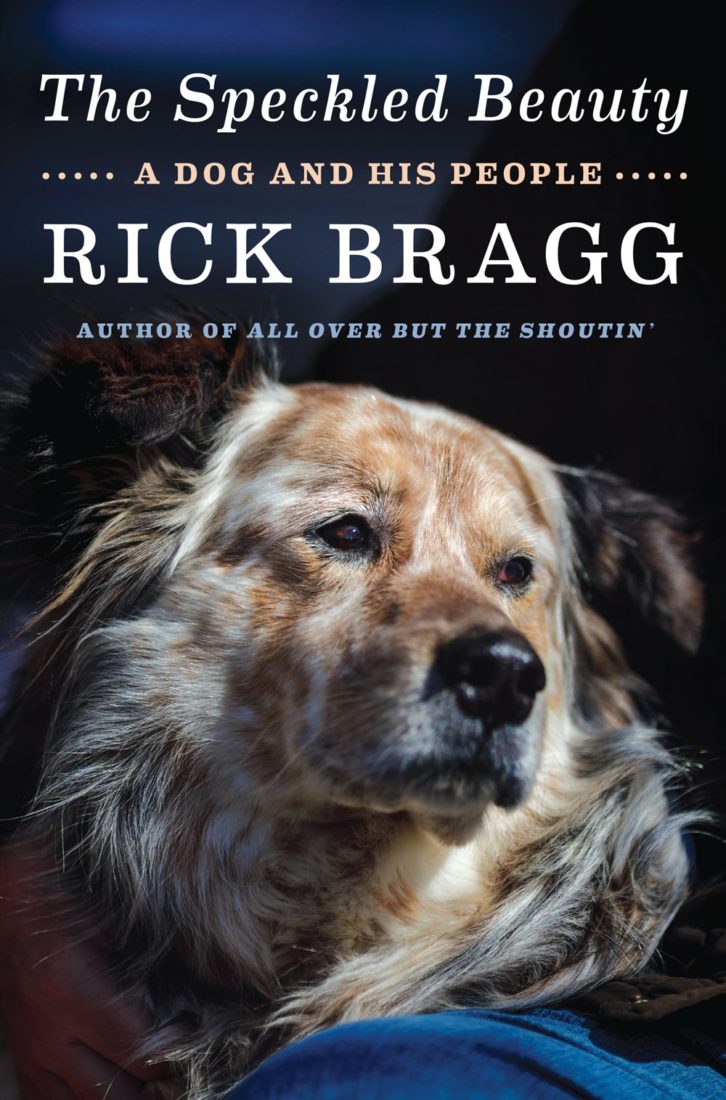
The Speckled Beauty: A Dog and His People, by Rick Bragg
Rick Bragg writing about a stray that changed his life for the better? I’m in. The G&G contributor’s book dives into his relationship with Speck, who appeared when the world was throwing haymakers at the Alabama author. Speck is no wonder dog: He taunts the FedEx man, loves to roll in a good pile of manure, and howls like a fool. But like many pets, Speck gives Bragg something he wasn’t expecting, a helping paw in a time of need. Good dog. —David DiBenedetto, editor in chief

Reparations Now!, by Ashley M. Jones
“My grandmothers made America, / made / the fibers that made us / warm, made us invincible—heroines.” So begins the riveting original poem the Birmingham poet Ashley M. Jones wrote for G&G’s Southern Women, and which Jones also included in her latest lauded poetry collection, Reparations Now! Jones’s poetry pulses with urgency, as she tells a more complete story of the South, and of what it means to be Black in America, with each line—no wonder Alabama just named her the state’s newest poet laureate. —Amanda Heckert, executive editor
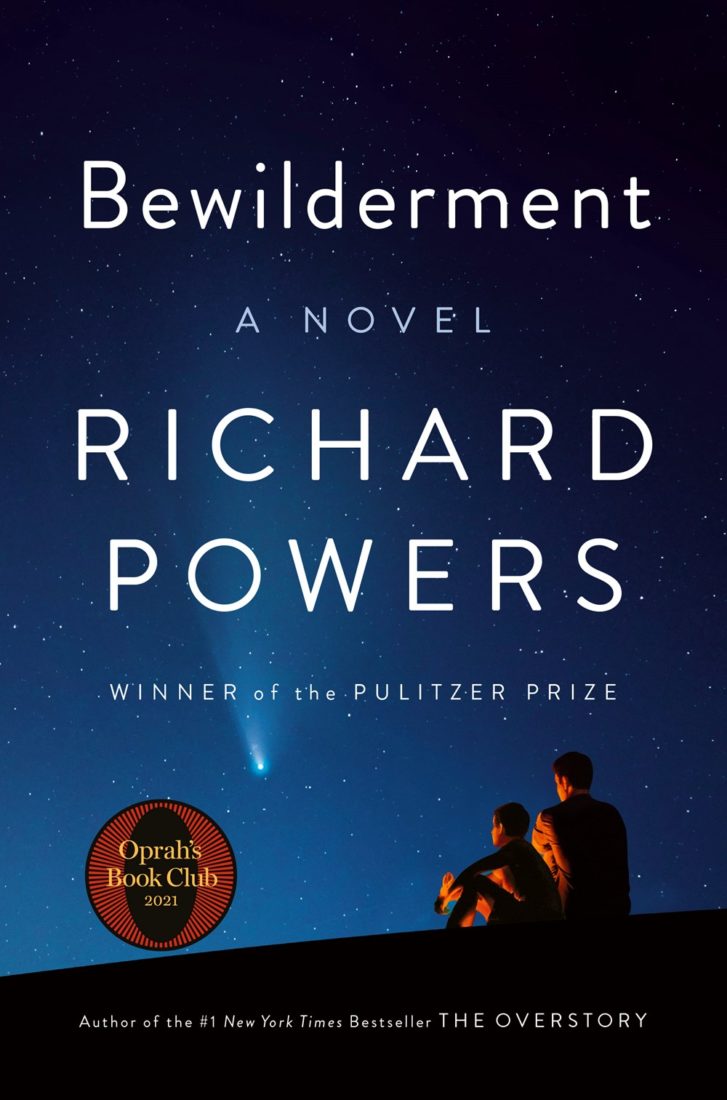
Bewilderment, by Richard Powers
Richard Powers’s 2018 novel The Overstory was nothing shy of a literary sensation: The sweeping, species-linking epic following nine people and five trees won a Pulitzer Prize, and its poetic observations of both human and plant life set a new bar for nature writing. With Bewilderment, Powers returns with a story that’s a bit more intimate; at its heart thumps the relationship between a father and a son who, having lost their wife and mother, are seeking to understand one another, and the earth, among the moss and rhododendron of the Smoky Mountains. Powers’s masterful observations of the beauties and sorrows that connect each and every living one of us, human or otherwise, pulse as strong as ever. —CJ Lotz, senior editor
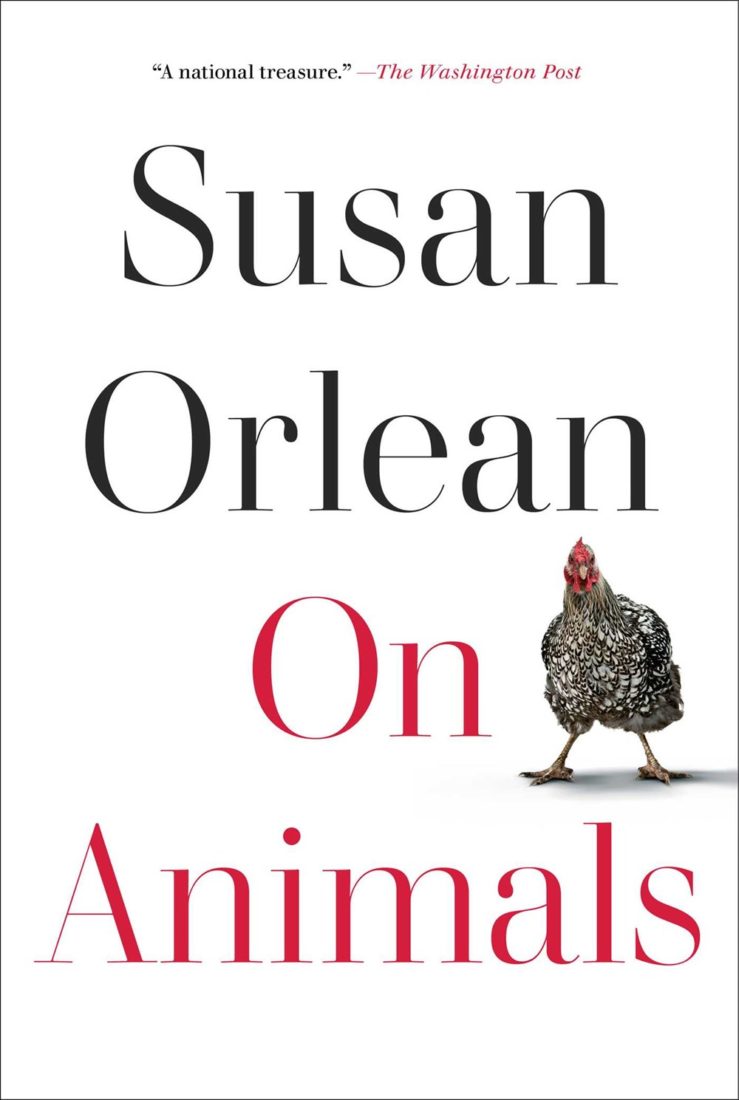
On Animals, by Susan Orlean
The narrative reporter Susan Orlean’s new book, On Animals, is a charming collection that includes chicken tales from her farm in Upstate New York, an ode to a lost dog in Atlanta, and a fascinating look at how Tennessee mules end up in Afghanistan. “I don’t think I’ve ever thought of myself as ‘the animal reporter,’” she says in an interview with G&G. “But being someone who loves animals, I’ve probably just been more attentive to stories I come across that involve them.”
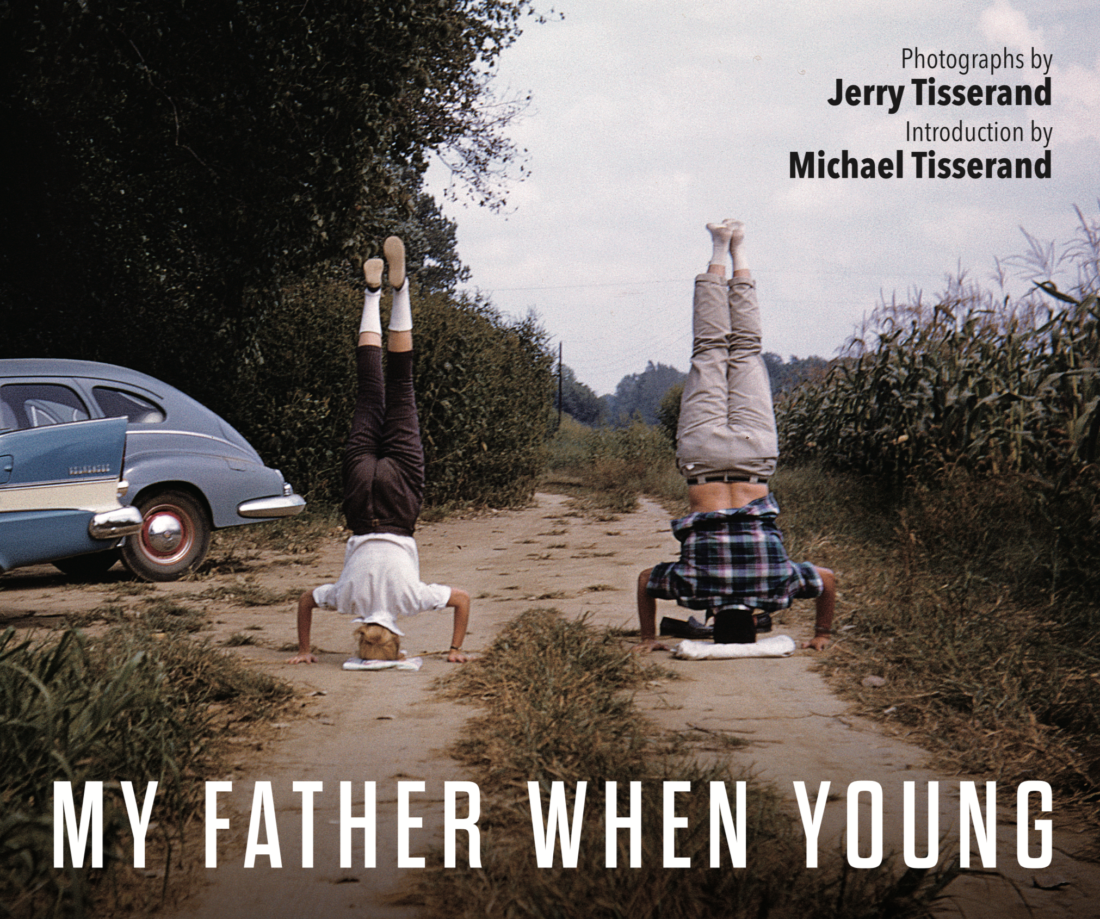
My Father When Young, by Michael Tisserand
“There were many revelations in our conversations as well as in Dad’s boxes, but nothing shocked me more than the scenes from Mardi Gras,” writes the New Orleans writer Michael Tisserand in a G&G piece about uncovering a collection of photographs his father took decades ago. He published the photographs in the book My Father When Young, a lovely ode to family and beautiful surprises.
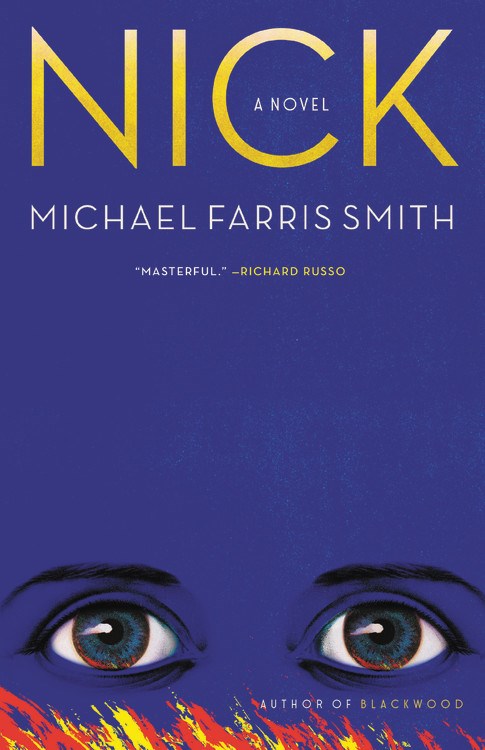
Nick, by Michael Farris Smith
It’s tough for the Oxford, Mississippi, novelist Michael Farris Smith to choose which film version of The Great Gatsby he likes better. “The Robert Redford version seems a little more natural to me,” he says, “but the 2013 version, with Leonardo DiCaprio, bangs the drum of glitz and glam, and you also really feel Nick’s loneliness.” Smith has been thinking a lot about excitement and solitude, and how they molded the novel The Great Gatsby’s leading man, Nick Carraway—and how those themes shaped the world over the last strange year. In his new novel, Nick, Smith imagines Carraway’s life before F. Scott Fitzgerald’s Gatsby. Read more about the process of writing the book here.

In Search of The Color Purple: The Story of an American Masterpiece, by Salamishah Tillet
“Salamishah Tillet delves into the backstory of [The Color Purple], explores why Walker’s book continues to resonate, and explains how the literary work became a cultural phenomenon, all while masterfully weaving together personal, cultural, and historical conversations about the text, including original interviews with Walker herself and players in the film and musical such as Oprah Winfrey, Quincy Jones, and Danny Glover,” writes G&G contributing editor Latria Graham. Read more here.

Another Kind of Eden, by James Lee Burke
It doesn’t matter what he writes, if the living American treasure James Lee Burke releases a new book, we—and legions of loyal fans—will devour it. Only one thing beats staying up late, turning pages in this latest installment of the Holland family saga that sprawls out across the American West in the 1960s: Going for a road trip while listening to the actor Will Patton narrate the audio book.
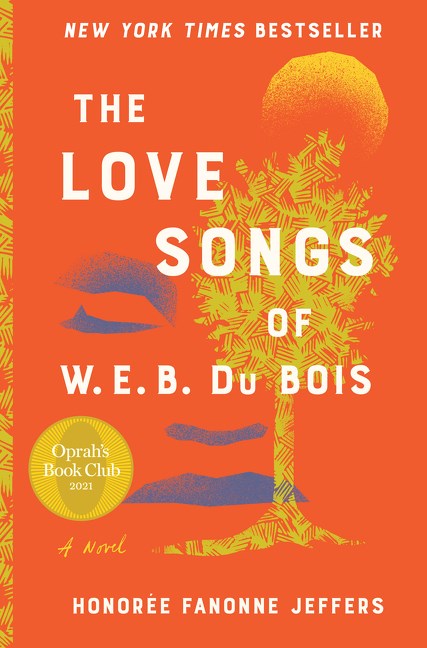
The Love Songs of W.E.B. Du Bois, by Honorée Fanonne Jeffers
“I’ve been blown away by Honorée Fanonne Jeffers’s The Love Songs of W.E.B. Du Bois. The way she weaves a community’s cultural memory and our nation’s racial history with a family saga is truly breathtaking,” says novelist and G&G contributor Wiley Cash. Contributor Latria Graham added, “This beautifully rendered multigenerational saga by a poet-turned-novelist is so well done that there’s been talk in literary circles about whether this work is a contender in the Great American Novel conversation. I think Jeffers (and this novel) will be recognized as a literary icon.”
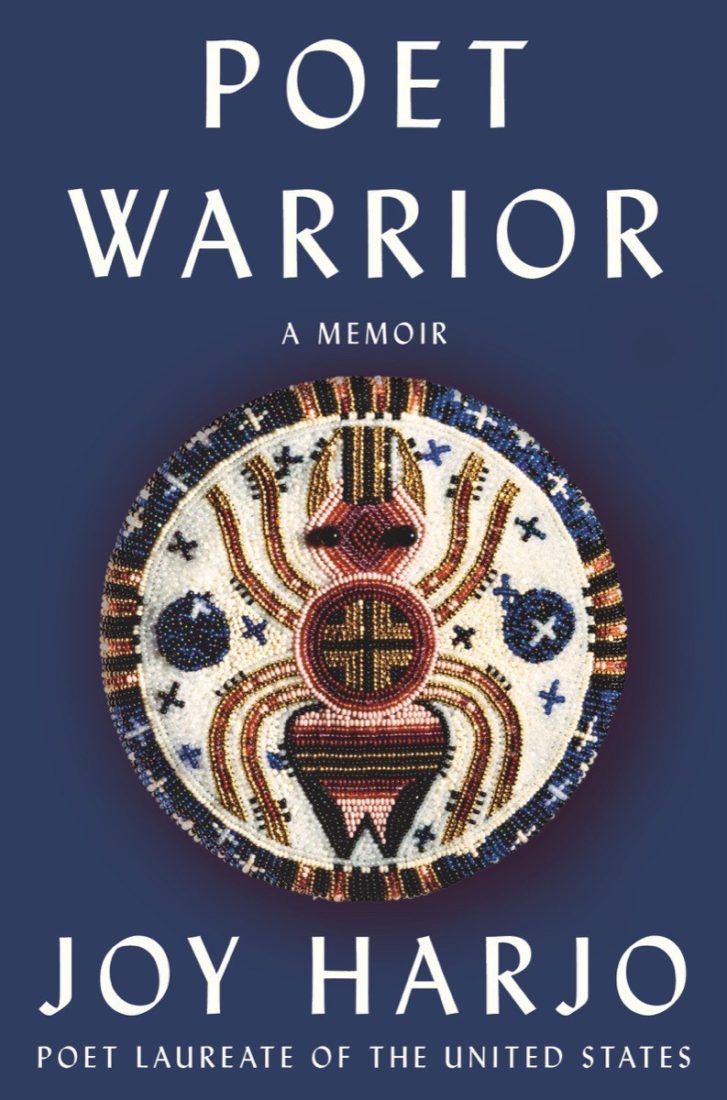
Poet Warrior: A Memoir, by Joy Harjo
When Joy Harjo was a girl growing up in the Muscogee (Creek) Nation, she hid under the kitchen table to hear her mother share secrets with friends. “My ears were bent for stories, for the forbidden, the mystery pieces,” Harjo writes in her remarkable memoir. Now a three-term U.S. poet laureate who lives in Tulsa, Oklahoma, Harjo describes how words became her weapon, her muse, and her connection to her ancestors. —CJ Lotz
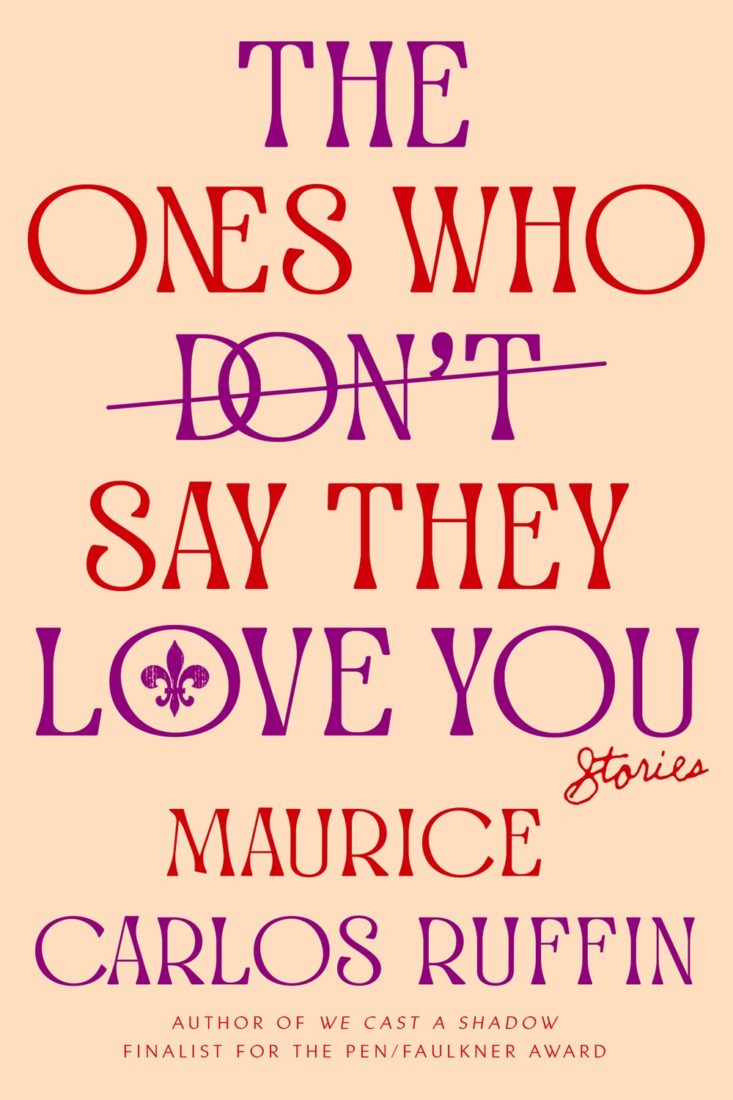
The Ones Who Don’t Say They Love You: Stories, by Maurice Carlos Ruffin
Maurice Carlos Ruffin was born and raised in New Orleans, so the city’s quirks aren’t quirks to him. They’re just home. But then Ruffin isn’t so much interested in New Orleans as he is in his fellow New Orleanians, which is to say his fellow humans—their frailties, struggles, furies, and heart strains. —Jonathan Miles in his G&G review
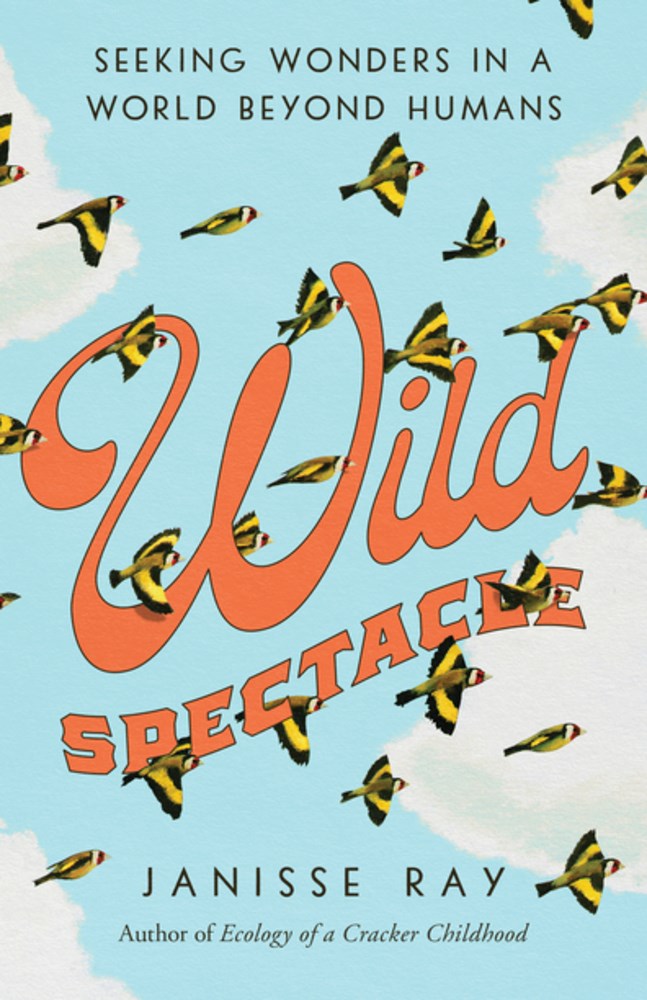
Wild Spectacle, by Janisse Ray
Naturalist Janisse Ray’s clear, nimble, sensitive writing about wildness and self-discovery is so arresting that it has informed my own writing. Ecology of a Cracker Childhood shaped the way I think about personal landscapes, and The Seed Underground: A Growing Revolution to Save Food troubles the intersection of traditional seed preservation and politically based innovation in agriculture. The concept of quiet revolution is always embedded in Ray’s work, and her latest, Wild Spectacle, is a collection of sixteen essays that are intentional about exploring wildness, wonders of the natural world, and their rapidly disappearing environments. —Latria Graham
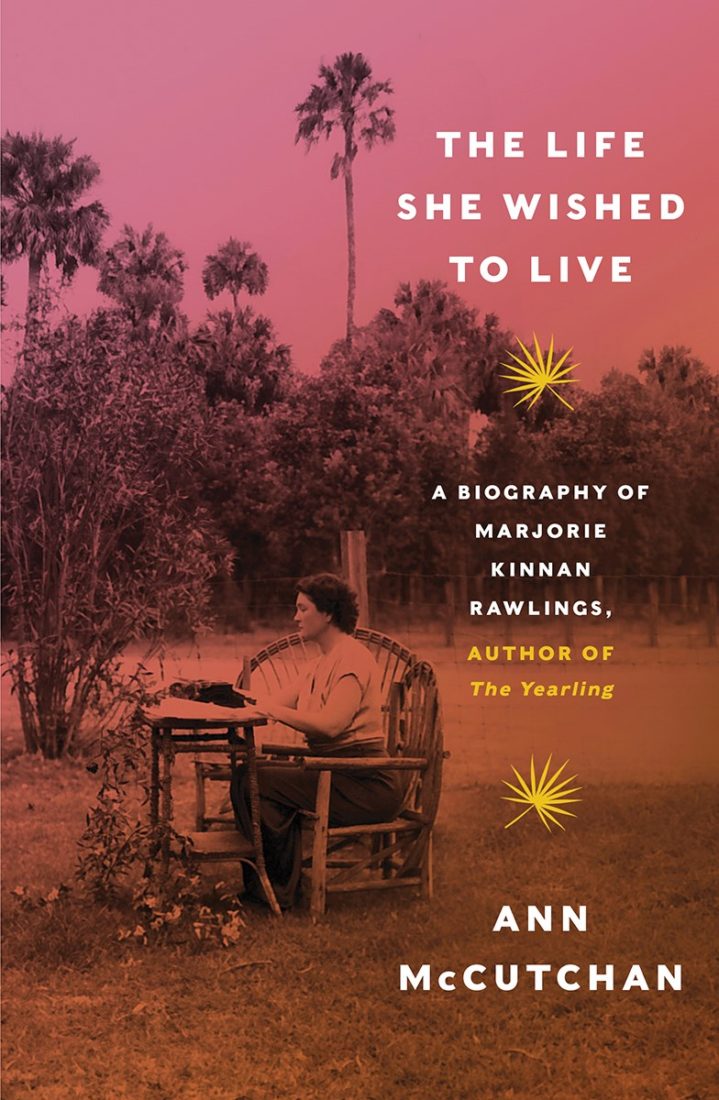
The Life She Wished to Live: A Biography of Marjorie Kinnan Rawlings, author of The Yearling, by Ann McCutchan
In The Life She Wished to Live, the first major biography of Rawlings in more than a quarter century…the Marjorie Kinnan Rawlings that emerges is ornery in the best sense, like a salty aunt who the adults all fear but the teenagers adore. She was as adept at hunting alligators in Alachua County swamps as she was at arguing philosophy with Thomas Wolfe in a New York dive bar. She drank, smoked, cussed, and drove the rural back roads so recklessly that her car wrecks almost constitute a running gag in the book. (Rawlings defended herself, not quite deftly, by claiming she drove “with deliberate slowness when I have had a good many drinks.”) —Jonathan Miles in his G&G review
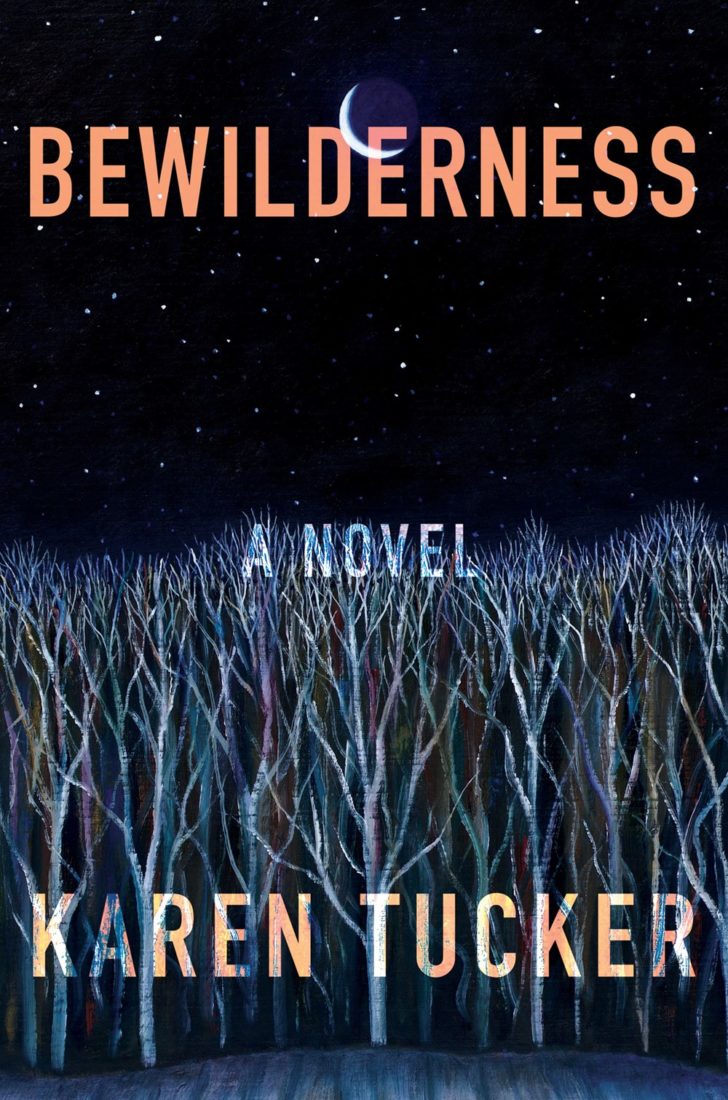
Bewilderness, by Karen Tucker
North Carolina writer Karen Tucker’s Bewilderness is a unicorn of a novel. It has a plot like a roaring freight train and every sentence is a well-polished gem. It’s about two best friends who are caught in the vicious cycle of addiction, and it’s dark and wild. But it’s really a story about friendship. I rarely believe those fatuous blurbs that begin “I couldn’t put it down.” But I couldn’t. —Daniel Wallace, G&G contributing editor
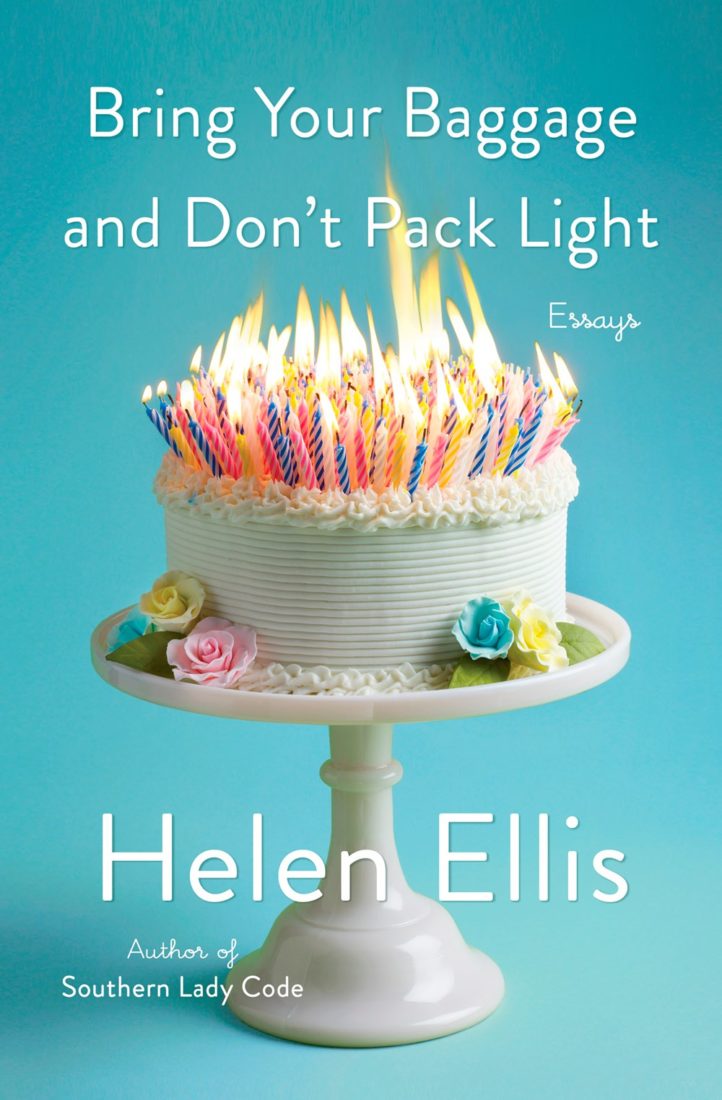
Bring Your Baggage and Don’t Pack Light: Essays, by Helen Ellis
Despite how often I type the letters “LOL,” it actually takes a lot for me to laugh out loud. But I found myself doing so at least once a chapter while reading the Alabama native Helen Ellis’s new essay collection, Bring Your Baggage and Don’t Pack Light. In-between hilarious tales of ride-or-die friendships, Birmingham garage sales, and poker trips to Biloxi, she drops important distinctions like this: “A hoot is a naturally funny woman. A character is a woman who’s funny because she’s tipsier than a Gibson’s pickled pearl onion.” —Amanda Heckert

The Road to Wherever, by John Ed Bradley
The author of one of the greatest sports books ever, It Never Rains in Tiger Stadium, as well as the writer of this G&G piece about the forgotten Louisiana artist Cora Kelley Ward, here shares his talents with adolescent readers. In a road novel about an eleven-year-old boy journeying with his quirky older cousins, the ragtag crew learns about repairing not only old Ford Fairlanes, Rancheros, and Thunderbirds, but the process of mending their own old wounds as well. —CJ Lotz
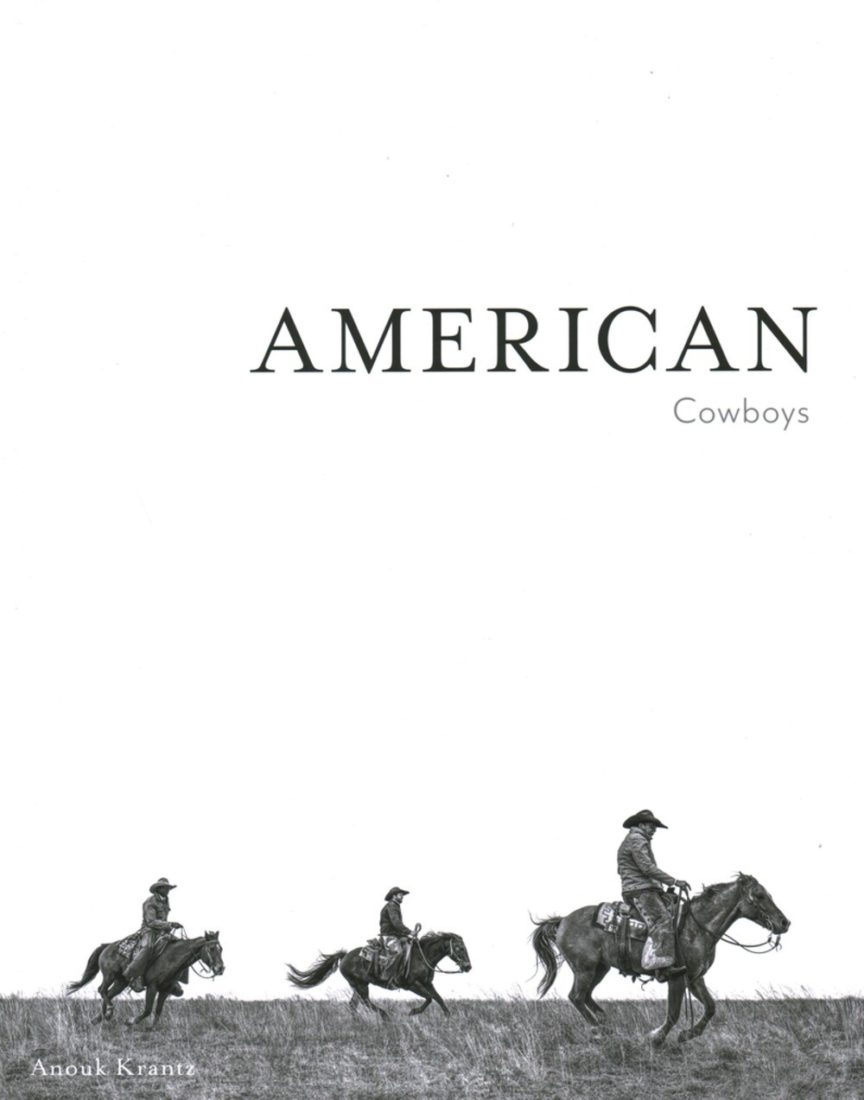
American Cowboys, by Anouk Krantz
The photographer Anouk Krantz trained her lens on Southern horses to beautiful effect for her 2017 photo book, Wild Horses of Cumberland Island. Now, she chronicles—for a giant coffee table art book—gorgeous horses and hard-working horse people throughout the South and West—Florida ranchers, a new generation of Texas cowboys, and Derrick Begay, a Navajo cowboy. —CJ Lotz

This Far and No Further: Photographs Inspired by the Voting Rights Movement, by William Abranowicz
“Everybody says in the South, you can stand on the soil and feel things,” says the photographer William Abranowicz, “because America’s memory is in the soil.” Before he began photographing historic Southern places for This Far and No Further, Abranowicz studied archival images from the famed photographer Walker Evans, and then was stirred by the similarities between many of those midcentury pictures and what he saw through his own lens. See a preview of the book’s photographs here.
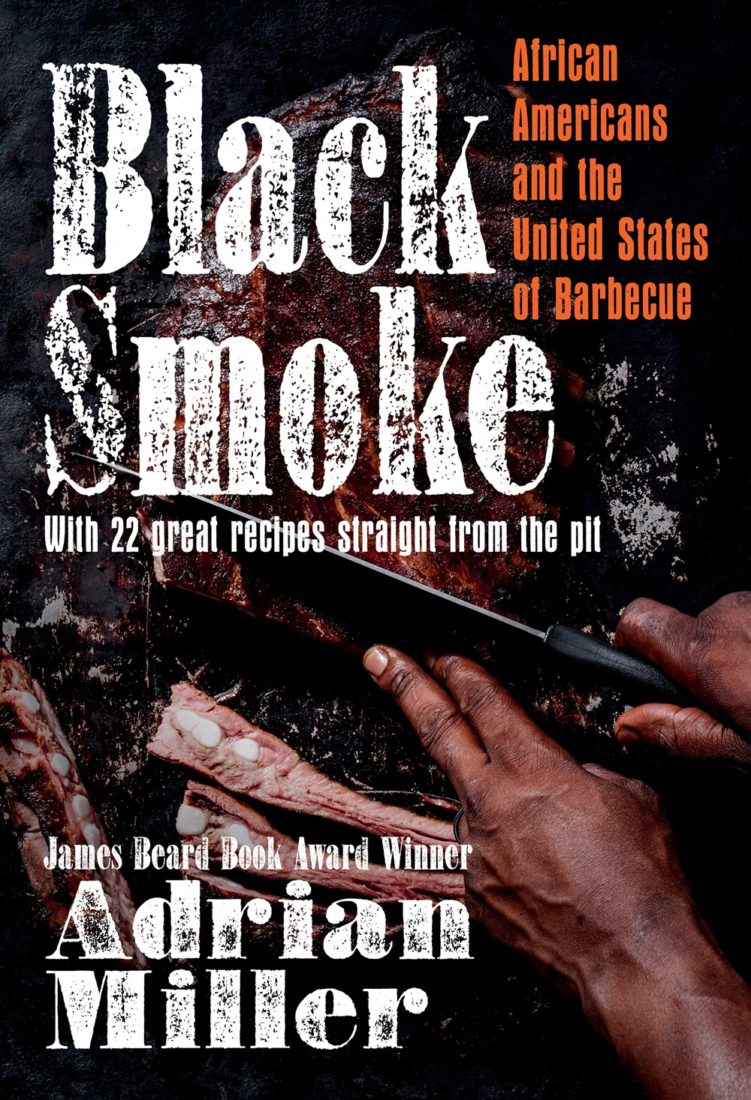
Black Smoke: African Americans and the United States of Barbecue, by Adrian Miller
While Black Smoke is studious, it’s not stuffy: “part celebration,” as Miller writes, “and part restoration.” It quotes Obi-Wan Kenobi. It’s stuffed with killer recipes and sidebar profiles of Black pitmasters, past and present. Miller never forgets that barbecue is, at its heart, about pleasure: about smoke, sizzle, and joy. Black Smoke is scholarship with a little sauce on its chin. —Jonathan Miles in his G&G review
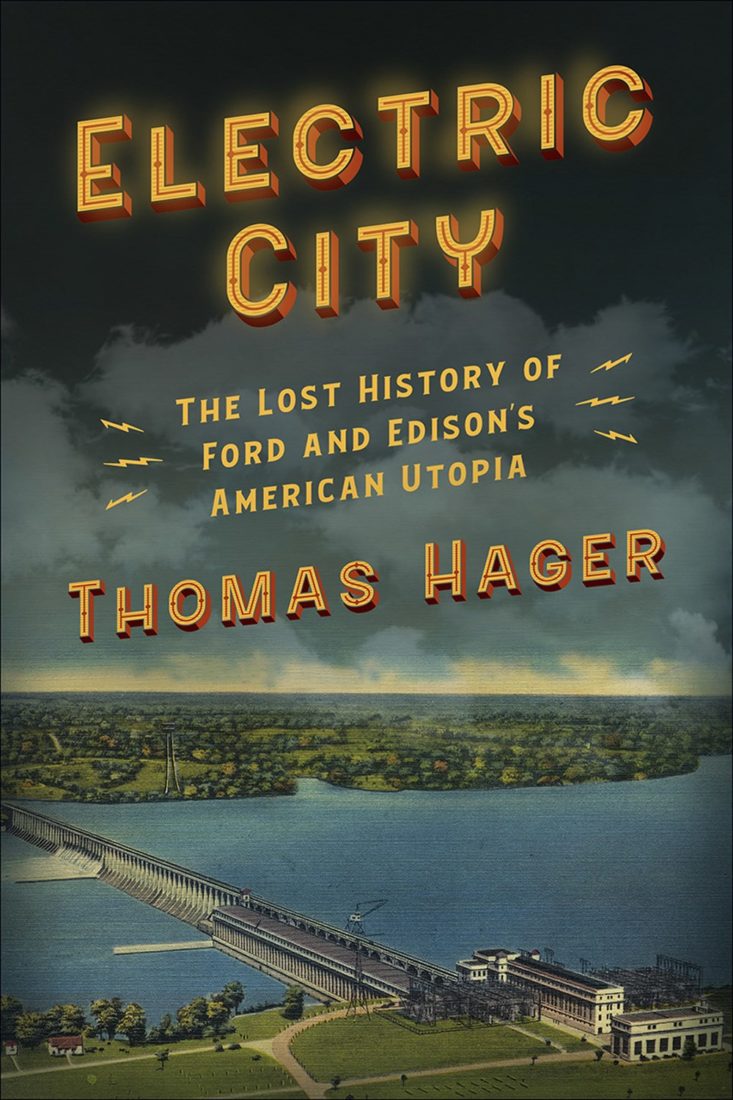
Electric City: The Lost History of Ford and Edison’s American Utopia, by Thomas Hager
Imagine it: A pristine new megacity rising from the hills, bluffs, and fields of Northwest Alabama, an urban center ten times the size of Manhattan but unlike it and every other city in most every way.…What it also had, unlike most utopian visions, was the potential to actually happen. That’s because its masterminds were “the richest man in the world and the greatest inventor in the world,” as Thomas Hager writes in Electric City, his beguiling history of the City That Almost Was. —Jonathan Miles in his G&G review
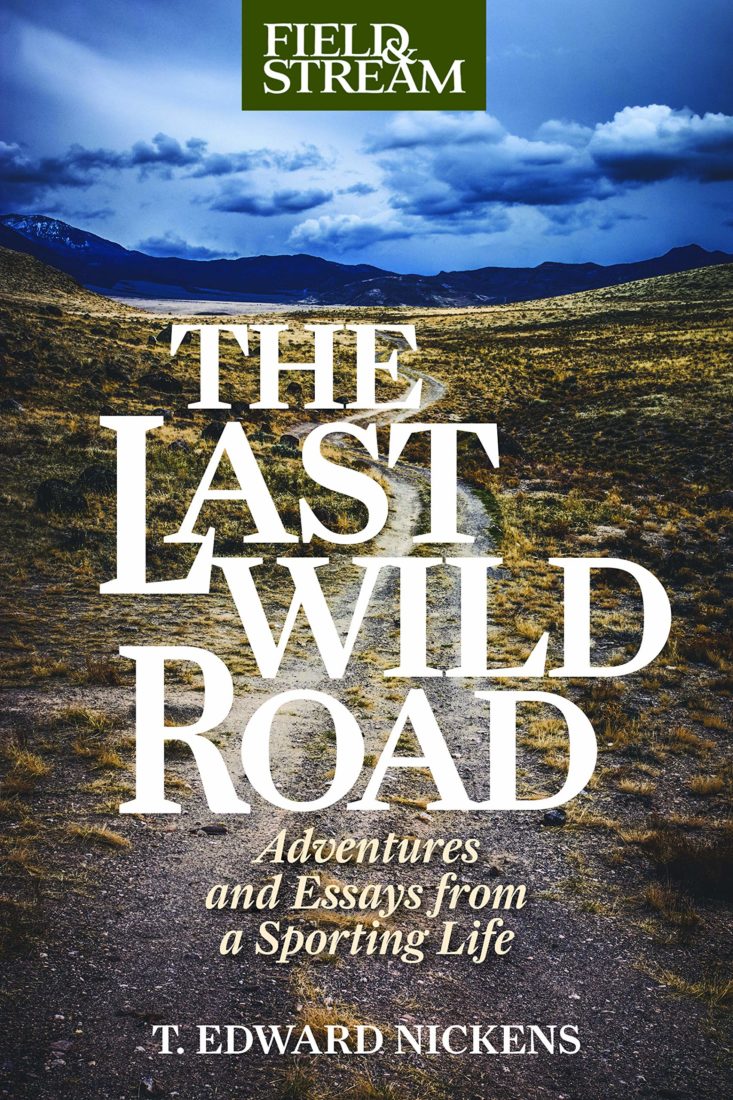
The Last Wild Road: Adventures and Essays from a Sporting Life, by T. Edward Nickens
Garden & Gun contributing editor T. Edward Nickens has spent decades writing about his sporting escapades—flats skiff fishing in the Caribbean, wading Appalachian trout runs, and hunting across every holler and hill in his home state of North Carolina. Here, he threads his stories from Field & Stream with powerful reflections on losing his father as a boy and finding a mentor in a marine sharpshooter who taught him to connect what’s wild inside to the wildness outside. —CJ Lotz
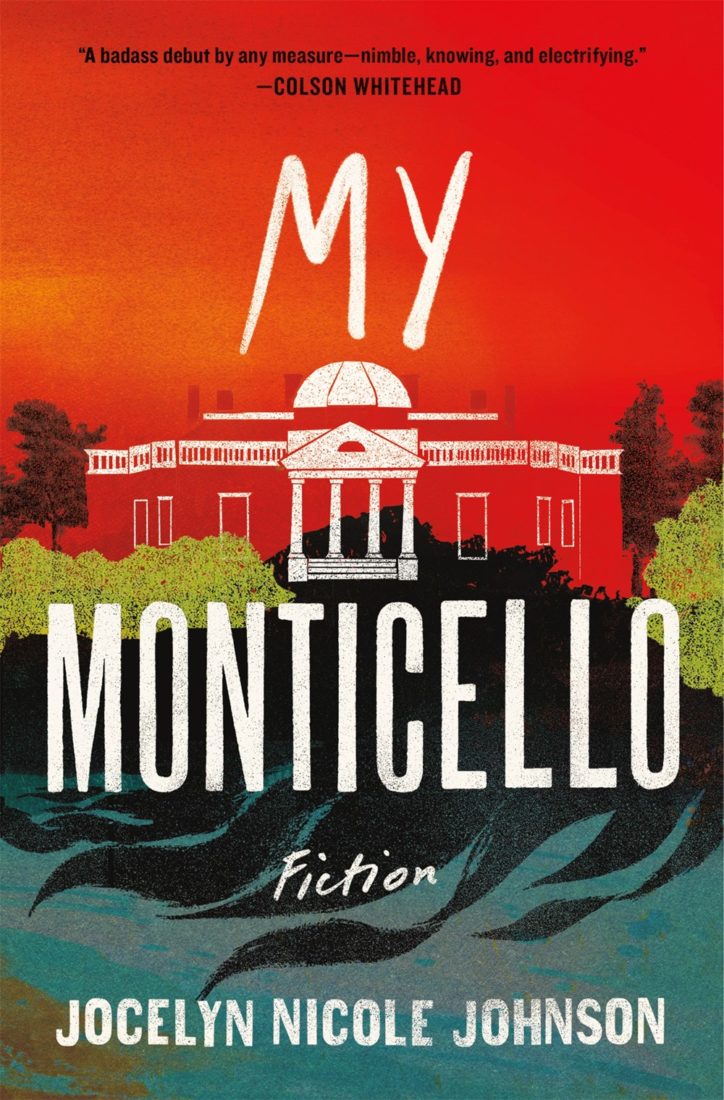
My Monticello, by Jocelyn Nicole Johnson
When I first read Johnson’s work for Guernica Magazine, she blew my mind: I think there might still be scraps of my brain in the chandelier. By turns ferocious and funny, tender and terrifying, the stories show us Johnson’s native Virginia through the lens of oppression and belonging. In the title novella (soon to be a Netflix film), a group of neighbors, led by a descendant of Thomas Jefferson and Sally Hemmings, take refuge at Monticello after having been run out of their neighborhood by a racist mob during the “unraveling,” in a near future that feels too close for comfort. Read it sitting down. —C. Morgan Babst, author and G&G contributor

Why Peacocks?: An Unlikely Search for Meaning in the World’s Most Magnificent Bird, by Sean Flynn
Don’t let the fact that it’s perhaps never crossed your mind to read about peafowl stop you from picking up the award-winning journalist Sean Flynn’s immensely engaging Why Peacocks? Flynn’s chronicle, of course, is not just about the fine-feathered show-offs and the subculture surrounding them (though there is plenty of both). The warm, moving account of his own life with his wife, two sons, and an increasing number of animals at their “Potemkin farm in North Carolina” that Flynn weaves throughout truly makes the book special. —Amanda Heckert



